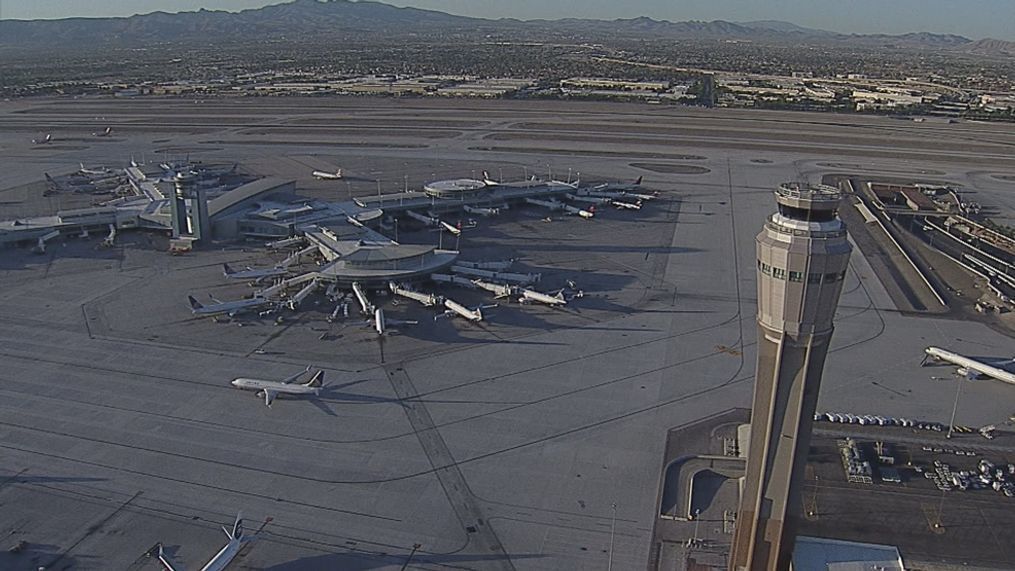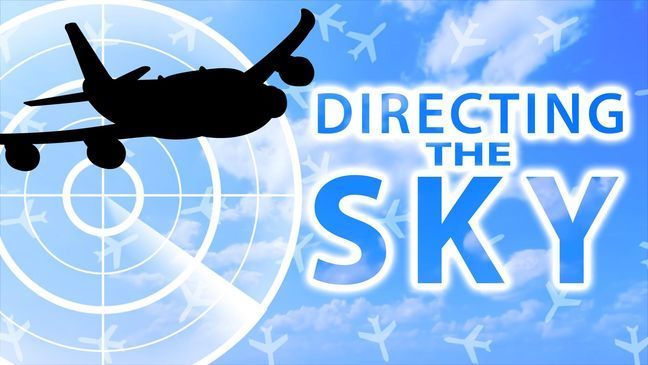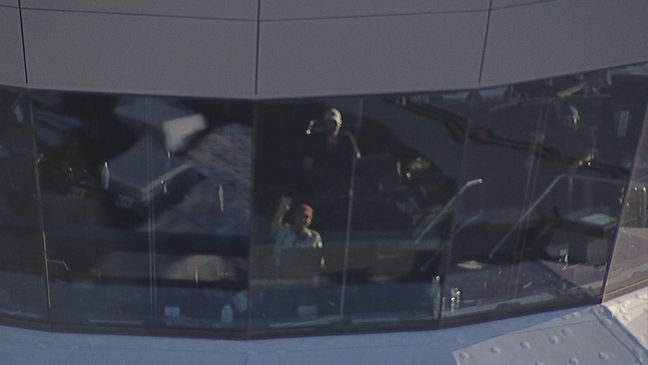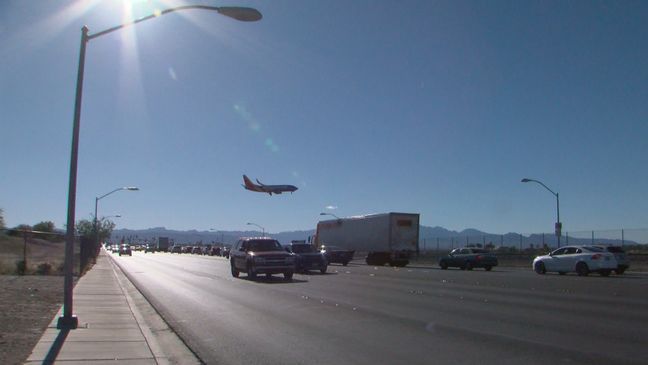Directing the Sky | A look inside the tower navigating the Las Vegas approach
LAS VEGAS (KSNV News3LV) — The skies above Las Vegas are among the most crowded anywhere in the world.
McCarran International Airport handles more than a half million departures and landings in a single year, with each aircraft carefully tracked inside the traffic control tower.
“It’s a big sky but it’s congested here in Las Vegas,” said air traffic controller Anthony Borgert. “It’s a constantly moving jigsaw puzzle.”
As you make your way through the bustling airport with passengers praying for an on-time flight, air traffic controllers are making sure your plane takes off and lands safely.
It’s a high-pressure profession from the runway to the skyway – all from a room towering some 350 feet off the ground.
“What may look like a stressful situation is really routine for us,” said Jamaal Haltom, who has worked air traffic control at McCarran Airport since 1999.
“Air traffic control is the ultimate team sport where an aircraft leaving Las Vegas before it gets off the ground it's probably talked to six different air traffic controllers,” said Haltom.
Air traffic controllers work in rotating shifts, juggling more than 2,000 aircraft every day. McCarran is the seventh-busiest airport in the country in terms of air traffic, according to the FAA.
McCarran uses four different runway configurations for take-offs and landings, mostly depending on wind and weather. As airliners approach the airport for landing, they’re carefully lined up and spaced out at least two and a half miles apart.
“We're monitoring the aircraft visually, we're using radio communication, we're using radar communication. We do these things in concert with one another we have eyes on every airplane,” said Haltom.
Each controller is trained to keep their cool, especially when faced with emergencies – like when a British Airways jet caught fire at McCarran in 2015.
“We train to deal with the unexpected,” said Haltom.
However, in the Las Vegas Valley, it’s the extreme weather that usually proves problematic: from high and damaging winds to triple-digit heat.
“After 102 degrees the airlines we like to depart eastbound out over the Lake and Hoover Dam area because it's a nice easy climb in the heat,” said Borgert.
At the end of the day, it all comes down to efficiency and safety.
“There’s a sense of pride in knowing that a person or that family is going to get to where they intend to go – and they’re going to be there on time,” said Borgert.
McCarran currently uses radar navigation but the FAA wants to upgrade the system to satellite-based technology over the next few years. It’s a move that could mean shorter flight times and improved safety.




